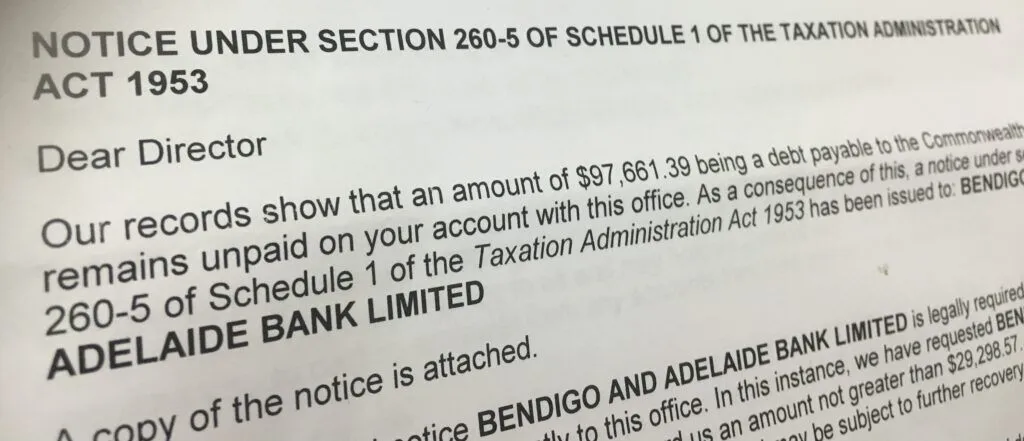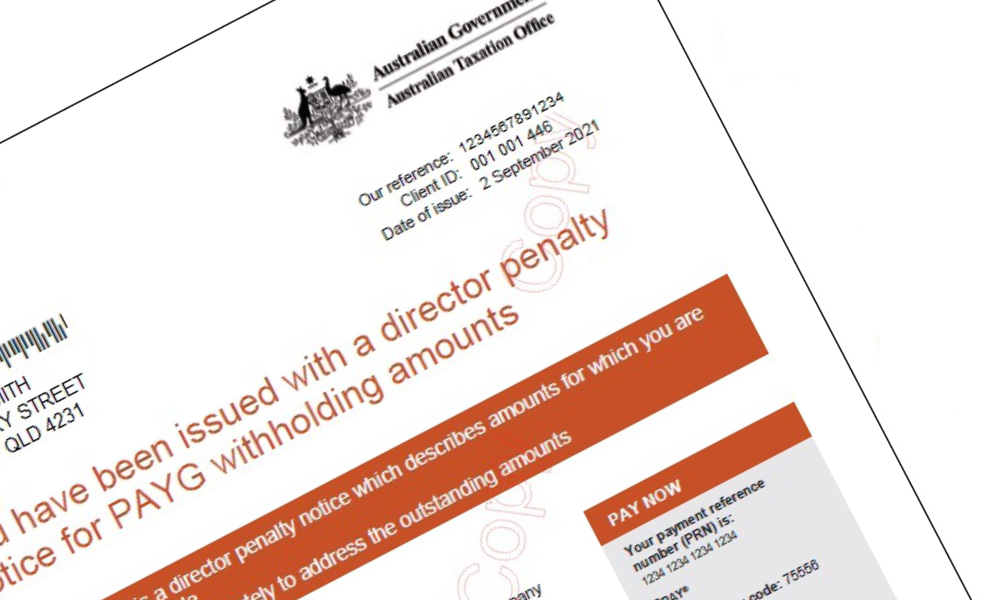The Accountant’s Guide to Small Business Restructuring (SBR) in Australia
Accountants play a crucial role in the Small Business Restructure (SBR) process in Australia. Here’s what they need to know to effectively advise and support clients considering or undergoing an SBR:
Introduction to SBR for Accountants
What is SBR?
SBR is a formal insolvency process under the Corporations Act 2001, introduced in January 2021, designed to help financially distressed but viable small businesses restructure and manage their debts.
SBR Eligibility
In brief, the client must meet the following points.
- Debts owed: Less than $1 million unsecured debts
- Tax compliance: Up-to-date with ATO lodgements,
- Employee entitlements up to date: Weekly wage entitlements paid up to date and superannuation fully paid and/or charge statements completed per superannuation legislative requirements
- The Company or relevant directors have not been through a restructure or simplified liquidation within the last 7 years.
What is the Accountant’s Role in a SBR?
Accountants are essential for the following:
- Assessing Eligibility: Ensure the client meets the SBR criteria.
- Financial Analysis: Provide financial records and assess the business’s viability.
- Drafting Restructuring Plans: Assist the Restructuring Practitioner (RP) develop a debt proposal for creditors.
- Ongoing Compliance: Assist in preparing and lodging required reports and tax obligations during the process.
Key Features of a SBR
- Restructuring Plan (RP):
A formal proposal presented to creditors detailing how debts will be repaid (in full or partially) over time. - Director Control:
Unlike liquidation, directors retain control of the company throughout the process. Retain control of bank accounts, and all day to day running of the business. - Restructuring Practitioner (RP):
A registered insolvency practitioner must oversee the process, but accountants often act as intermediaries between the client and the RP.
4. Benefits of SBR for Clients
- Business Continuity: The company continues to trade while restructuring.
- Debt Relief: Creditors may agree to compromise debts, reducing financial burden.
- Protection from Legal Action: Creditors cannot take enforcement actions during the process, without the consent of the restructuring practitioner or ordered by the court.
- Lower Costs: Compared to voluntary administration, SBR is more affordable and streamlined.
- Landords: the SBR legislation prevents landlords from evicting tenants who are within the SBR 7/9 week process.
5. Timeline and Process
- Day 1: Appointment of a Restructuring Practitioner (RP).
- The RP assesses the business’s eligibility and viability.
- Directors, with the accountant’s help, prepare a Restructuring Plan.
- Within 20 Business Days: The Restructuring Plan is lodged with creditors for review.
- Within 15 Business Days After Lodgement: Creditors vote to accept or reject the Restructuring Plan.
- If Approved: The Restructuring Plan becomes binding, and debts are managed as per the agreement.
- If Rejected: The company may proceed to liquidation or other insolvency measures.
6. Tax and Legal Implications
- Debt Forgiveness: Any forgiven debt may have tax implications, such as affecting the company’s tax losses or reducing asset cost bases. Accountants may provide guidance on these outcomes.
- GST and PAYG: Outstanding obligations must be included in the Restructuring Plan. Directors remain liable for Director Penalty Notices (DPNs) that are issued and expired before the SBR process. Noting any lockdown (Column 5) values may remain recoverable by the ATO.
7. Common Challenges Accountants Face
- Client Denial: Business owners may be reluctant to admit financial distress, delaying the appointment of an SBRP.
- Incomplete Records: Many small businesses lack up-to-date or accurate financial records, complicating eligibility assessments.
8. Best Practices for Accountants
- Act Early: Encourage clients to seek advice as soon as financial issues arise.
- Maintain Accurate Records: Ensure financial statements, tax lodgements, and creditor lists are complete and up-to-date.
- Work with Specialists: seek out a registered small business restructuring practitioner (SBRP).
- Educate Clients: Explain the process, benefits, and risks of SBR to manage expectations.
9. Alternatives to SBR
If a client doesn’t meet SBR criteria, consider:
- Voluntary Administration (VA): For more complex restructures.
- Informal Workouts: Negotiate directly with creditors outside formal processes.
- Liquidation: For unviable businesses where closure is the best option.
By understanding the SBR process, eligibility requirements, and their role, accountants can guide clients effectively and maximize their chances of business recovery.
Summarising the Accountant’s Role in a Small Business Restructure
Accountants are central to the success of a Small Business Restructure (SBR) in Australia. By helping assess eligibility, maintain compliance, and support the restructuring process alongside a registered Restructuring Practitioner, accountants can offer clients a lifeline to recover from financial distress. SBR enables viable businesses to continue trading, reduce debt, and avoid liquidation—while keeping directors in control. Acting early, maintaining accurate records, and guiding clients through the available options—SBR or otherwise—positions accountants as trusted advisers in times of financial difficulty.
If you would like to find out more about how working with SBRS can benefit your business and your clients’ please feel free to reach out at any time to one of our team.



